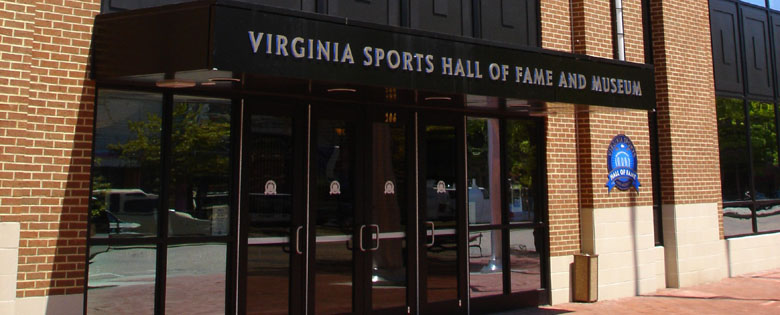When you're playing any kind of sport, you need to watch out for injury. There are many things that can happen whether you're training for the Olympics or starting up a club for kids that uses sports to help keep fit. Two of the most common injuries that could happen to you or someone that you're playing with is a pulled muscle or a torn ligament. If this happens to someone that you're with, you should know what it is and what is the proper treatment so that you can help them quickly and effectively. Leaving an injury untreated for long periods of time could wind up with you having to spend even longer going to regular visits with a chiropractor like for treatment.
A pulled muscle is when the muscle fibers are stretched so much that they tear. This can also be called a strain and it is not something that only happens to athletes. It could also occur when you're reaching for something or when you're playing with your kids in your backyard. The symptoms of a pulled muscle are localized pain, discolouration and bruising, and stiffness. When treating this injury you should protect it from getting damaged further by resting and apply ice to reduce any swelling that might occur. It is also recommended by doctors and physiotherapists that you can elevate the injury to keep blood from pooling into the area and can wrap the strained area in an ACE bandage.
Ligaments are connective tissues that hold together two bones that form a joint. You have them in your knees, elbows, and ankles, for example. If the joint is twisted or overstretched then you can tear this connective tissue. This is also known as a sprain and you see them often in ankles and knees. One of the symptoms that you might notice when getting a sprain is a cracking sound when the injury occurs. There can also be swelling and a great deal of pain. Sometimes a sprain can be confused with breaking a bone.
When you're treating a torn ligament you will want to elevate the injury as much as possible and ice it often. This issue usually takes at least a few weeks to heal and you should keep pressure off of the joint as much as possible. You don't want to return to your Toronto gym or go back to walking too early or you might find that you do even more damage to yourself and that the injury never heals properly. This is not something that you should ignore and hope that it gets better on its own. If you're working with a class of students at hockey camps or at school and someone gets one of these injuries, you should make sure they are taken to a doctor as soon as possible to determine which of these issues you're dealing with.
| 